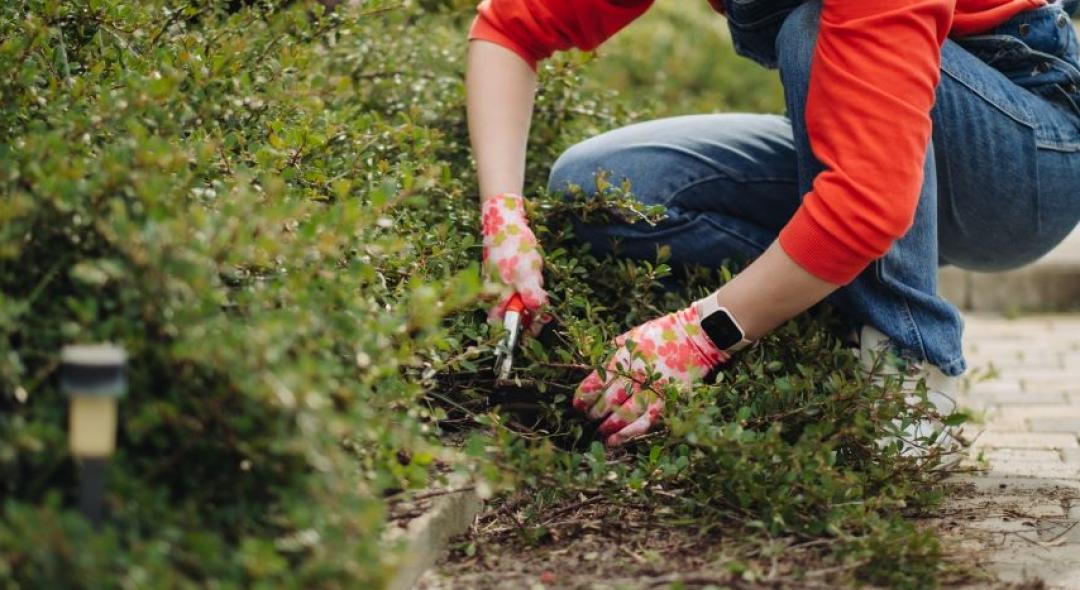Whether you're installing a new roof or updating your existing one, we can tell you one thing – it's a big deal. While it's safe to say every roof type is made to last, there's a lot more to consider in terms of style, durability, and price.
And there are many types of roof too, so let's go over the most common ones and discuss their advantages and disadvantages.
“Keep your face always toward the sunshine - and shadows will fall behind you. – Walt Whitman
Asphalt shingles

The most common residential roofing material in the US, asphalt shingles are widely used for being affordable, versatile, and reliable.
Asphalt shingles are usually seen as the go-to standard for roof shingles, as in, if you're not sure what to get and just want to make a decision already, asphalt shingles will get the job done and you won't have any major surprises. They are easy to install, fairly reliable, and quite cheap compared to some of the other materials.
Perhaps the major disadvantage is that it does require regular maintenance, as shingles can break or crack over time and will require replacement.
PROS
- Easy to purchase, install, and repair
- Comes in a variety of colors
- The most affordable out of the bunch
- Can be reinforced without changing appearance
- Lightweight
CONS
- Quality is widely variable
- Not as insulated as other materials
- Relatively high-maintenance
- Shorter life span compared to others (15-30 years)
Wood shingles

Wood shingles have been used for centuries and are still reliable to this day, although we have by now develop better and more versatile materials for that purpose.
Perhaps the greatest advantage it has over other materials is that rustic natural look only wood can provide, and by now, there are even fire resistant variants on the market. And despite requiring regular maintenance over time, the work itself is easy and quick.
Having said that, some areas prohibit the use of wood shingles precisely because of fire hazards. In particularly humid regions, even the most resilient wood will eventually suffer from exposure, leading to mold or rot.
PROS:
- Beautiful natural look
- Easy to repair or replace
- Excellent insulation
CONS:
- Highly flammable
- Durability relies heavily on living conditions
- Relative high maintenance
Metal roofing

Metal roofs are among the most resistant of the bunch. They mostly come in two different formats – panels or shingles, and in variations like aluminum, stainless steel, or even copper.
Metal roofs excel in durability, being highly resistant to even the harshest weather conditions and tends to outlast the competition.
The most notable downside is that it costs more than the other options on the market.
PROS
- Highly resistant to weather conditions
- Outlasts most other types of roof tiles
- Low maintenance
- Fire retardant
- Energy efficient
CONS
- One of the most expensive roof types
- Installation can be difficult
Clay and concrete tiles

Clay tiles can offer a variety of looks with rich texture to a roof. Concrete is very similar, which is why we're referencing them both under the same category.
They also share most of their pros and cons: while they are versatile and durable, they are both quite heavy, which requires professional installation and depending on the home, they might not even be advisable without proper preparation to sustain the weight.
PROS
- Very long-lasting
- Fire resistant
- Low maintenance
- Beautiful appearance
CONS
- More expensive than other roof types
- Very heavy, may require preparation
Synthetic slates (composite or vinyl)

Synthetic tiles are some of the most long-lasting you can find, with a life expectancy of 40 to 60 years. The slate itself offers a modern and very attractive look, on top of needing little maintenance and boosting resale value.
The disadvantages will depend on the type of slate – there is such a thing called genuine slate, which is much heavier than synthetic and may require structural preparation. The synthetic variant, however, is much lighter and retains most of the advantages.
PROS
- Highly durable (40 to 60 years)
- Beautiful modern look
- Lightweight but still resilient
- Not combustible
- Visual variety
CONS
- Requires professional installation
- Slates can break if walked on during repairs
- Genuine slates, as opposed to synthetic, are very heavy and require extra preparation
CONCLUSION
With all this laid down, you can now make an informed decision on which type of roof is better for your home and your pocket!
If you still have any doubts, do let us know in the comments!
Need help with a roofing project? Ask a roofing professional for free quotes in your area today!
MORE FROM HOMEYOU
How This One Service Extends The Life of Your Roof
What Are the Home Exterior Trends of the Moment?
6 Ways To Determine If Your House Needs Better Insulation
